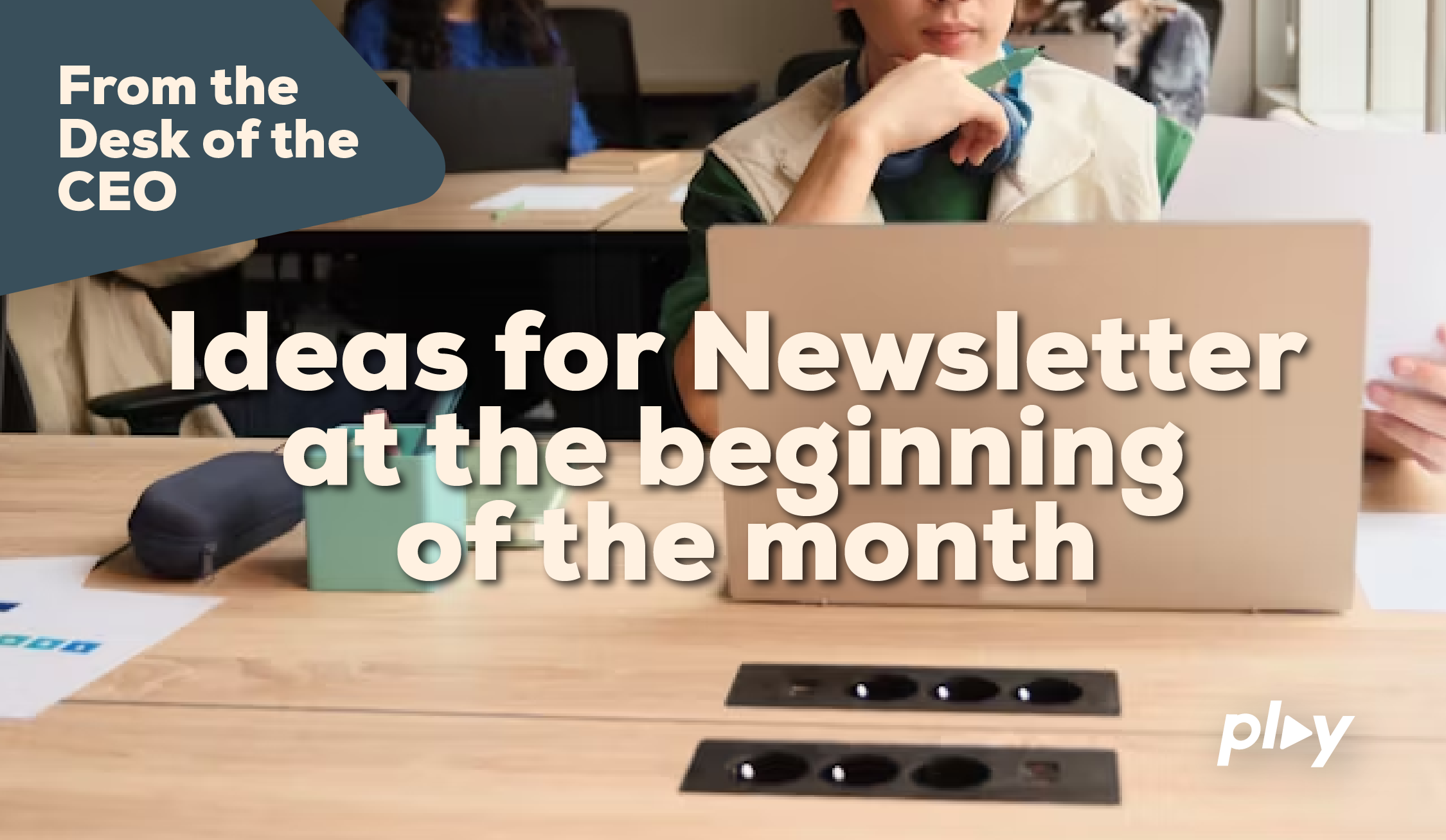The Art and Science of Choosing Newsletter Content: A CEO’s Guide to Strategic Engagement

Introduction: The Newsletter Dilemma
Newsletters are a double-edged sword. Done right, they foster brand loyalty, generate leads, and keep your audience engaged. Done wrong, they become digital clutter—unopened, ignored, or worse, unsubscribed. As a CEO, I see newsletters as a strategic asset, not just a marketing checkbox. But the real question is: how do you choose content that resonates, delivers value, and keeps readers coming back for more?
In this guide, we’ll dive into data-driven insights, strategic methodologies, and actionable takeaways to craft newsletters that actually matter.
1. Understanding the Data: What Do Readers Want?
Content selection should never be arbitrary. Leveraging data analytics is key. Here are some numbers that reveal what actually works:
- Personalization increases open rates by 26%. (Campaign Monitor)
- Segmented email campaigns generate 760% more revenue than non-segmented ones. (DMA)
- Content-based newsletters have a 40% higher retention rate than promotional emails. (HubSpot)
- Subject lines with 6-10 words drive the highest open rates at 21%. (Marketo)
Actionable Takeaway:
Use your email marketing platform’s analytics (Mailchimp, HubSpot, etc.) to track open rates, click-through rates (CTR), and engagement patterns. Identify what content types resonate most and lean into that.
2. The 3 Pillars of Effective Newsletter Content
1. Educational Value (Teach Something New)
Your audience wants to walk away smarter. Whether it’s industry insights, market trends, or how-to guides, content that educates establishes thought leadership.
Example:
Instead of “Our New Product Just Launched,” try: “5 Trends This Product Taps Into (And Why They Matter).”
2. Storytelling (Make It Human)
People connect with stories, not corporate jargon. Case studies, customer success stories, and behind-the-scenes content make newsletters feel personal.
Example:
A before-and-after case study showing how a client’s revenue doubled after implementing a specific marketing strategy.
3. Practical Utility (Make It Immediately Useful)
People open emails expecting value. Actionable tips, templates, or checklists create high engagement.
Example:
A downloadable “Content Calendar Template” included in a newsletter discussing content planning strategies.
3. The Subject Line Formula: The Make-Or-Break Factor
A great newsletter means nothing if no one opens it. Subject lines dictate open rates.
Winning Subject Line Tactics:
- Curiosity-Driven: “The One Marketing Mistake You’re Probably Making”
- Number-Based: “7 Strategies to Boost Your Q4 Sales”
- Personalized: “John, Here’s a Marketing Hack for You”
- Time-Sensitive: “Last Chance: 3 AI Tools You Need Today”
A/B Testing:
Always test multiple subject lines. Even a 5% increase in open rates can significantly impact conversions over time.
4. Visuals and Formatting: The Unsung Heroes
A wall of text is a death sentence for engagement. The best newsletters use:
- High-quality visuals: Infographics, GIFs, and embedded videos boost retention.
- Concise formatting: Short paragraphs, bullet points, and bold highlights make content scannable.
- Interactive elements: Polls and quizzes drive engagement.
Example:
Instead of a 500-word text-heavy email, use an infographic to summarize key insights in a visually appealing way.
5. Measuring Success: Analytics That Matter
Choosing the right content is an evolving process. Metrics help refine your strategy:
- Open Rate: Is your subject line effective? (Goal: 20-25%)
- Click-Through Rate (CTR): Are readers engaging? (Goal: 2-5%)
- Unsubscribe Rate: Are you providing value, or are you annoying? (Stay below 0.5%)
- Conversion Rate: Is the newsletter leading to action?
Optimization Strategy:
- If open rates are low, test subject lines.
- If CTR is weak, adjust content relevance.
If unsubscribe rates spike, assess frequency and value.
Conclusion: Elevating Your Newsletter from Noise to Necessity
The best newsletters aren’t just sent—they are strategic. By using data, psychology, and storytelling, you can transform your newsletters into high-value assets.
As a CEO, I challenge you to rethink your newsletter approach: Are you sending emails just to send them, or are you delivering content that genuinely enhances your audience’s lives?
Next Steps:
✅ Audit your past newsletters—what’s working, what’s not?
✅ Implement A/B testing for subject lines.
✅ Refine your segmentation strategy.
✅ Track key metrics and iterate accordingly.
The inbox is crowded. Make sure your newsletter earns its place.
